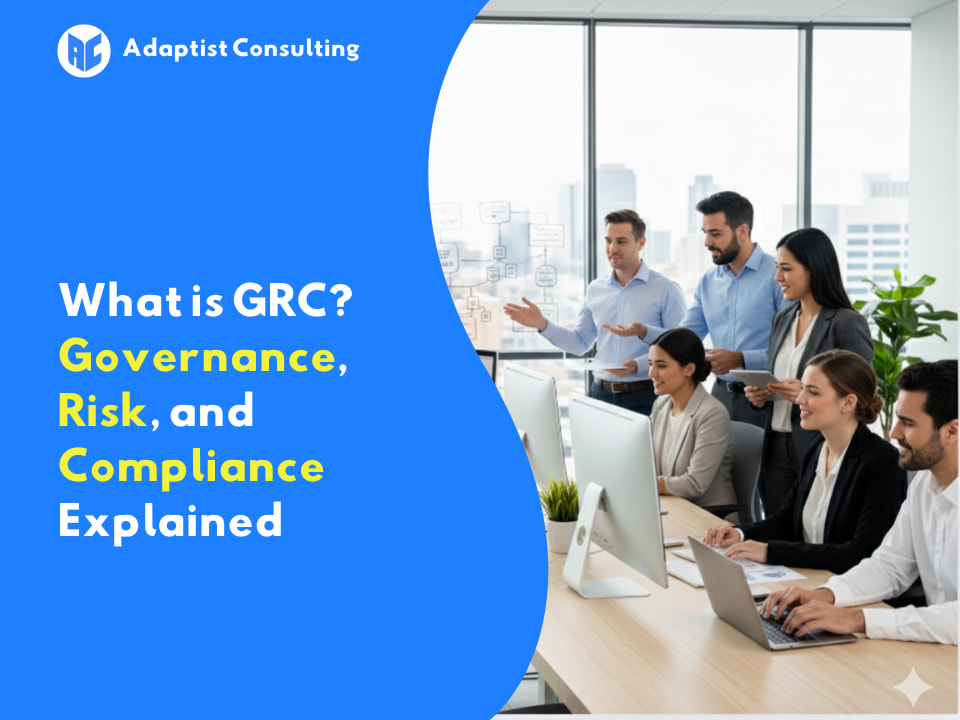
Single Sign-On (SSO): A Practical Solution for Enterprise Access Management
September 22, 2025
What is IAM Definition, Functions, and Why It Matters for Business
September 22, 2025What is Governance, Risk, and Compliance (GRC)?
Have you ever wondered how companies remain stable when facing risks, strict regulations, and business challenges? The answer lies in Governance, Risk, and Compliance (GRC).
In this article, we’ll explain what GRC is, why it is crucial, and how organizations can implement it effectively. Moreover, you’ll see how adopting GRC helps businesses operate more efficiently and stay compliant.
Governance, Risk, and Compliance (GRC) in Modern Business
Governance
Governance is the framework that directs and controls a company. With good governance, decisions become transparent. In addition, conflicts of interest can be avoided, accountability is strengthened, and business ethics remain intact.
Risk Management
Risk management enables organizations to identify, analyze, and address potential threats. Furthermore, common risks include financial, legal, operational, cybersecurity, and reputational issues.
Compliance
Compliance means following applicable laws and industry standards. For example, this includes data protection regulations (PDP/GDPR), anti–money laundering rules, and accounting standards. By staying compliant, companies avoid penalties and strengthen customer trust.
Why is Governance, Risk, and Compliance Important?
- It supports better decision-making because risks and regulations are already considered.
- It improves efficiency by reducing duplicated work and cutting unnecessary costs.
- It builds trust with the public and investors through transparency and integrity.
- It ensures business sustainability, especially in today’s uncertain digital era.





